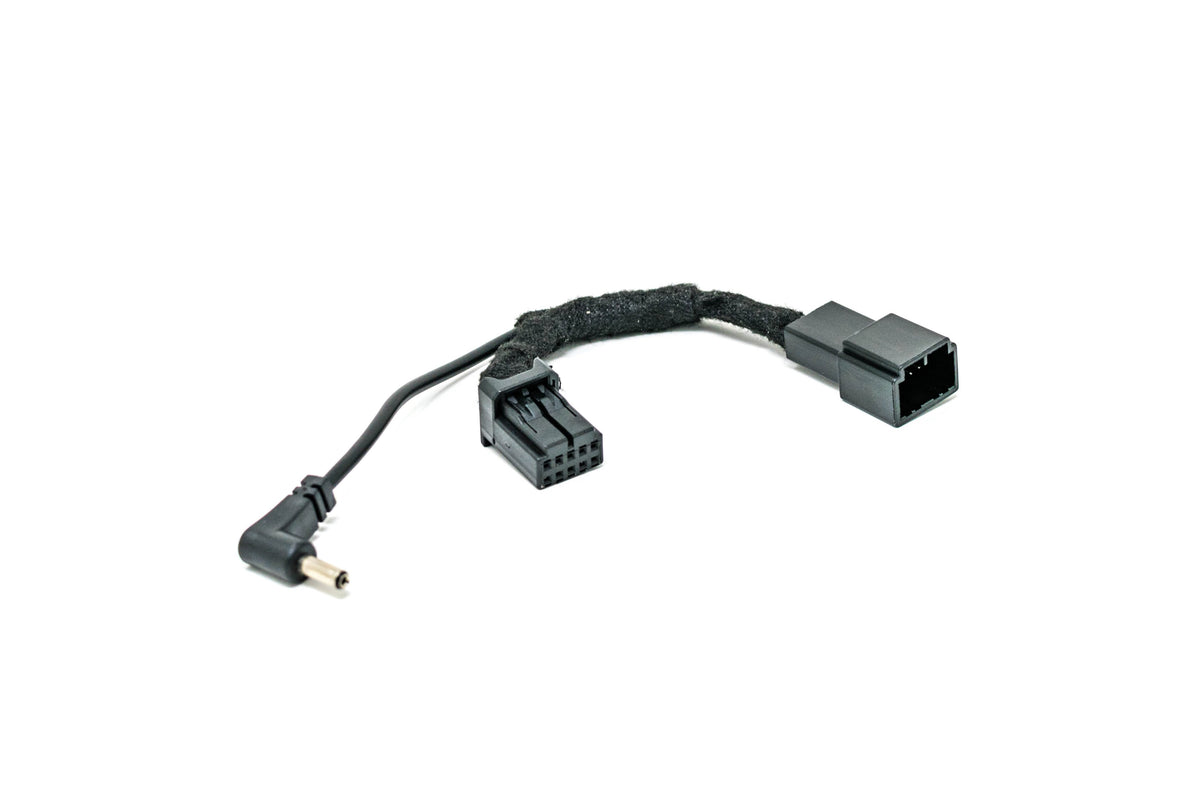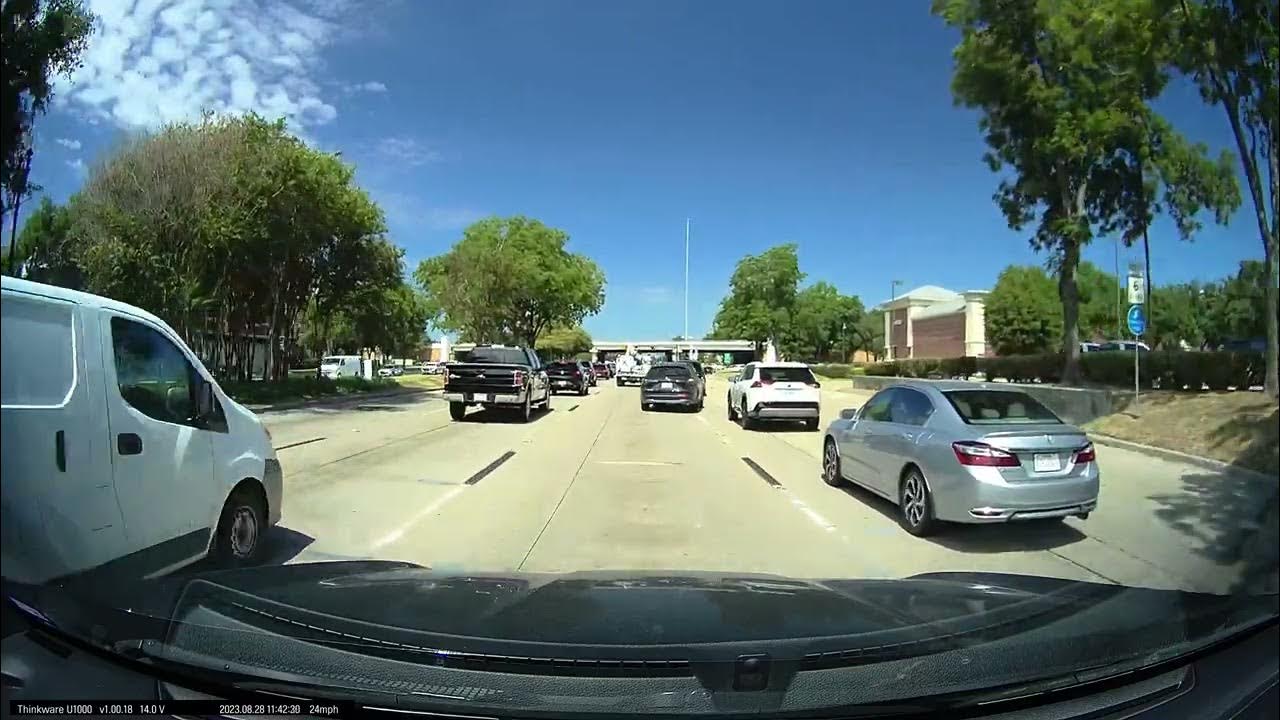I posted this on a different thread, but I think it warrants it's own. It's just my personal thoughts and observations.
Background:
With so many crazy drivers out there, I wanted to install a dashcam on my CX-5 for added security. I chose Thinkware as, from BlackBoxMyCar, this brand handles extreme temperature changes the best. I have the X1000 installed in my Civic, and it works well enough.
Here's a sample recording of the X1000
Though for the CX-5, I opted to go for Thinkware's new flagship, the U3000, which comes with wi-fi and a companion app to view and download videos. I intedted to purchase the U1000, but I wanted motion detection when parked to save the car's battery. In order for that to work on the U1000, I had to purchase a separate module. So, waiting for a Labor Day sale, I went with the U3000, which has that function built-in for both the front AND rear camera.
First impressions is that video quality is much better than my X1000. Which is to be expected as the X1000 is a 2K dashcam, while the U3000 is a 4K dashcam.
The bundle I bought includes the U3000 itself, an OBDII adapter for power, heat blocking film, a CPL filter, a rear dash cam that records in 2K, and the long power cable that connects it to the front camera.
To power the dashcam, I initially thought to use the OBDII adapter, like in my Civic. But I'd rather leave the OBDII port alone in the CX-5, because I had to disable the dashcam when I had my Civic tested for emissions. The other option was to use fuse taps. It would free up the OBDII port, but I'd rather not create a headache for myself in case I accidently make a mistake and use the wrong fuses. That's where the HomeLink adapter comes in. Since I wanted to use a Thinkware camera, the Dongar adapter was out. Further Google searching brought up this Thinkware adapter from MX5Things. Do note that it only works with framed HomeLink mirrors, as the adapter utilizes the connector behind the mirror, not the radar cover.


This not only allows the use of the U3000, but helps maintain parking mode, too. Though there are limitations with this adapter. While MX5Things markets this for the MX-5 and the CX-5, it clearly works better in the MX-5. It just fits in my application. If I purchased a dashcam powered by USB, it wouldn't be an issue. However, the power input for the Thinkware camera is too short. As a result, I had to mount the dashcam on the radar cover. At first, I thought it would be fine, making the dashcam less noticeable. But to my shock, the radar cover is not flat, which resulted in a tilted dashcam.


It's not ideal, but the video works.
Here's a test shot.
A few notes:
Background:
With so many crazy drivers out there, I wanted to install a dashcam on my CX-5 for added security. I chose Thinkware as, from BlackBoxMyCar, this brand handles extreme temperature changes the best. I have the X1000 installed in my Civic, and it works well enough.
Here's a sample recording of the X1000
Though for the CX-5, I opted to go for Thinkware's new flagship, the U3000, which comes with wi-fi and a companion app to view and download videos. I intedted to purchase the U1000, but I wanted motion detection when parked to save the car's battery. In order for that to work on the U1000, I had to purchase a separate module. So, waiting for a Labor Day sale, I went with the U3000, which has that function built-in for both the front AND rear camera.
First impressions is that video quality is much better than my X1000. Which is to be expected as the X1000 is a 2K dashcam, while the U3000 is a 4K dashcam.
The bundle I bought includes the U3000 itself, an OBDII adapter for power, heat blocking film, a CPL filter, a rear dash cam that records in 2K, and the long power cable that connects it to the front camera.
To power the dashcam, I initially thought to use the OBDII adapter, like in my Civic. But I'd rather leave the OBDII port alone in the CX-5, because I had to disable the dashcam when I had my Civic tested for emissions. The other option was to use fuse taps. It would free up the OBDII port, but I'd rather not create a headache for myself in case I accidently make a mistake and use the wrong fuses. That's where the HomeLink adapter comes in. Since I wanted to use a Thinkware camera, the Dongar adapter was out. Further Google searching brought up this Thinkware adapter from MX5Things. Do note that it only works with framed HomeLink mirrors, as the adapter utilizes the connector behind the mirror, not the radar cover.

Cable for Plug-n-Play dashcam installation
Note: this item is compatible only with USA/Canada Mazda 2016-2023 cars equipped with Home Link (with ten pin connector): Cable for powering the dashcam from the rearview mirror (using a 10-pin connector). It can be used with any 12V or USB-powered dash camera. DC plug OD 3.5mm / ID 1.8mm or...
mx5things.com
This not only allows the use of the U3000, but helps maintain parking mode, too. Though there are limitations with this adapter. While MX5Things markets this for the MX-5 and the CX-5, it clearly works better in the MX-5. It just fits in my application. If I purchased a dashcam powered by USB, it wouldn't be an issue. However, the power input for the Thinkware camera is too short. As a result, I had to mount the dashcam on the radar cover. At first, I thought it would be fine, making the dashcam less noticeable. But to my shock, the radar cover is not flat, which resulted in a tilted dashcam.

It's not ideal, but the video works.
Here's a test shot.
A few notes:
- The included CPL filter is a PITA to install. There are no alignment marks. And one wrong move, like accidently touching the side with adhesive, ruins the filter. Here's the result.
- In my case, I have a wireless Android Auto dongle. If you're using the wi-fi on the dashcam, it will not connect to your Android smartphone as it's using the wi-fi to for phone projection. Disconnecting the dongle prevents this issue.
- Edit: I forgot to mention I have Llumar clear air 80 on my windshield. Which might cause the video to look a bit blue.
Last edited:

